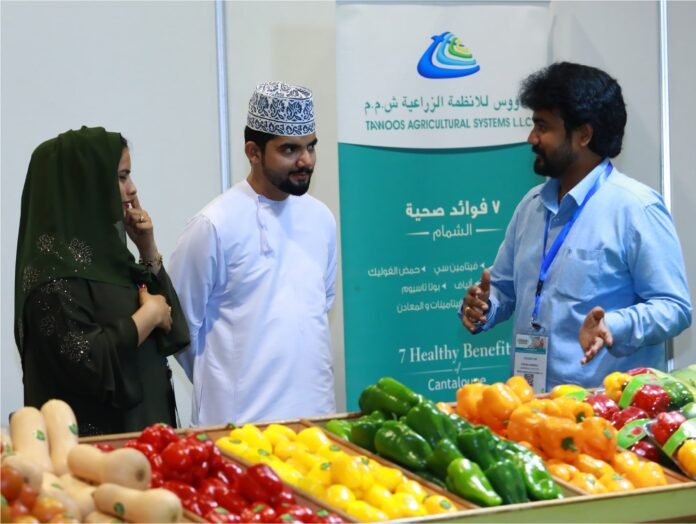Oman continues to strengthen its food self-sufficiency as domestic production meets demand in major household categories. The latest report from the National Centre for Statistics and Information outlines notable growth. Annual household consumption of food in Oman now exceeds OMR 3 billion. This rise comes alongside steady progress in boosting local production. Many sectors have even surpassed original self-reliance targets.
Authorities highlighted that food self-sufficiency reflects national priorities in economic planning. They aim to reduce import dependence while supporting local producers. Agriculture, fisheries, and livestock sectors all show marked improvements. These industries now supply more of Oman’s food basket than ever before. Officials say this builds long-term food security for the nation.
Although consumption continues to grow, local output keeps pace with demand. For example, Oman now produces enough vegetables to meet most household needs. Dairy and poultry farms have also scaled up operations in recent years. Similarly, fish production has surged thanks to coastal resource investment. These trends indicate the depth of Oman’s food self-sufficiency push.
The government has launched several programs to sustain this momentum. Support includes technical assistance, modern farming tools, and investment in food storage infrastructure. Farmers also receive access to training and export opportunities. Together, these steps ensure better yields and lower waste. Many producers report higher income and expanded market reach.
Food self-sufficiency also helps Oman weather global supply chain disruptions. By growing more food at home, the country gains resilience in uncertain times. Officials believe this aligns with broader national goals for economic diversification. The focus on local food also supports sustainability and rural development. Oman now stands as a regional leader in food independence.
While progress remains strong, challenges still exist in some subsectors. Rising temperatures and water scarcity continue to affect certain crops. However, research and innovation offer promising solutions. Ongoing collaboration with international partners enhances local capabilities. Policymakers remain confident about meeting future targets for food self-sufficiency.
Oman’s strategy blends economic, environmental, and social goals. This integrated approach has become a model for others in the region. Officials plan to release further updates on food sector growth later this year. In the meantime, consumers benefit from fresher, more affordable local options. Food self-sufficiency remains a national priority with wide-reaching impact.


